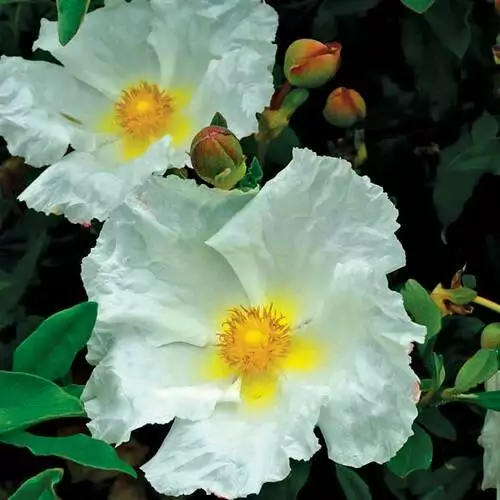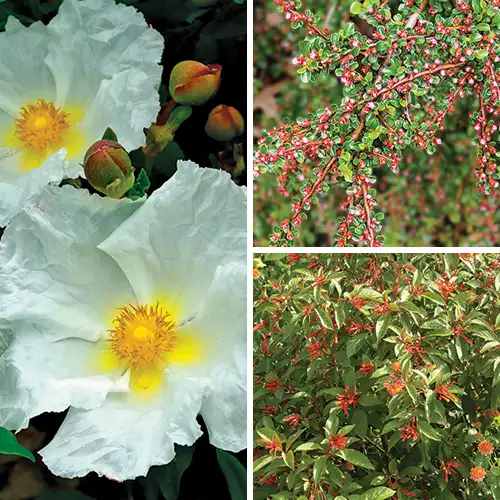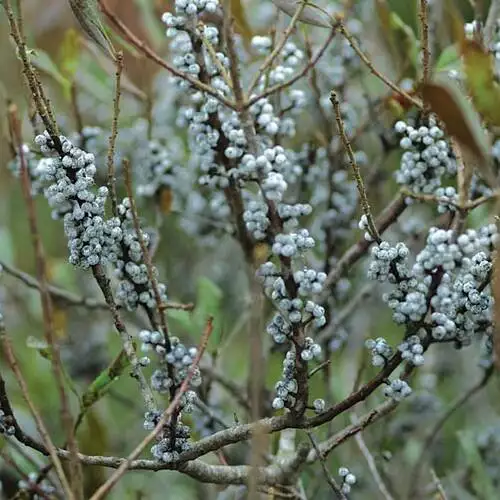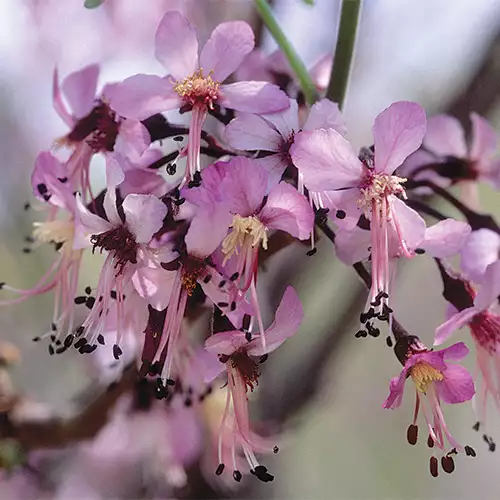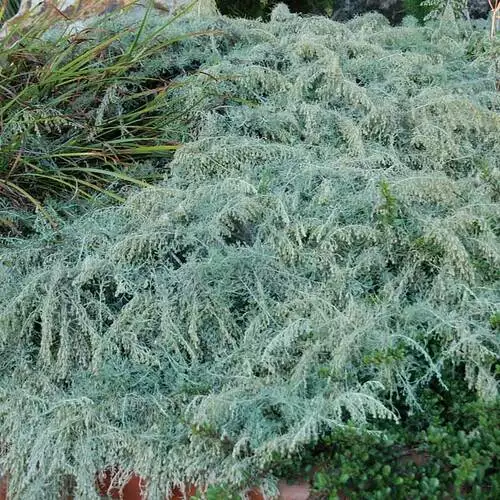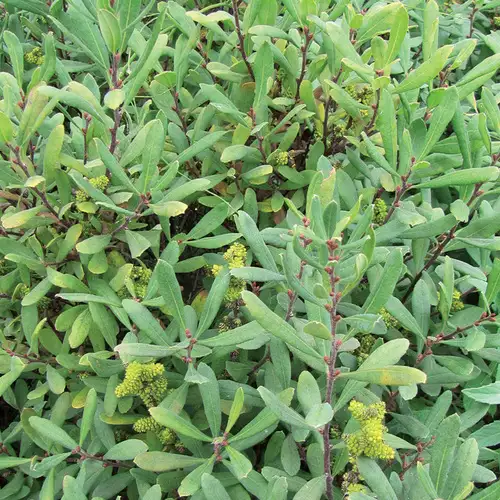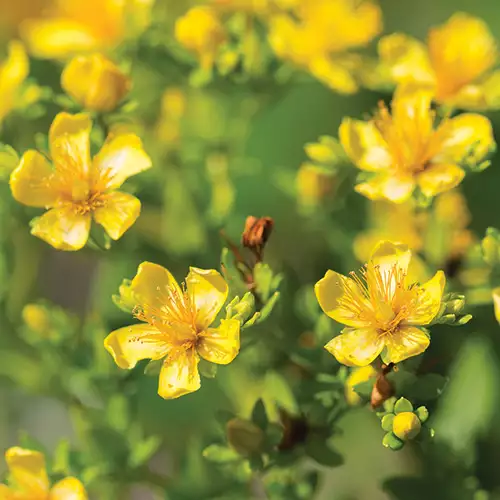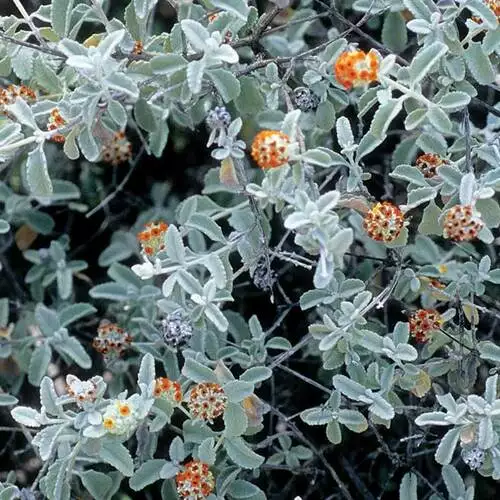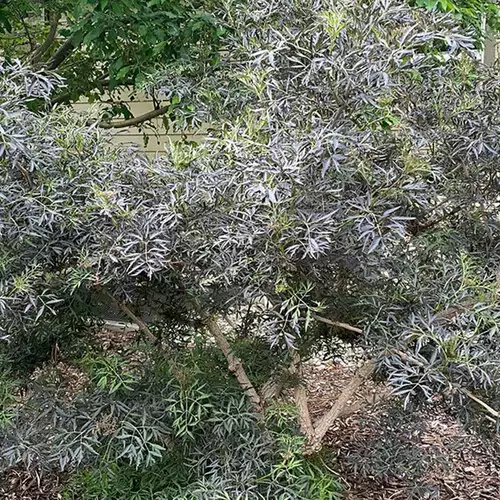Drought-Tolerant Shrubs for the Northwest - FineGardening
According to NASA Earth Observatory, one-third of the United States experienced some level of drought in 2020. Unfortunately, we know this was not a random anomaly but an increasing trend with more and more of the country experiencing extended dry spells.
If you’ve found yourself outside holding the hose more often in recent years, it might be time to invest in more drought-tolerant plants. Below, you’ll find four expert-selected, resilient shrubs that can easily become stars or backbones of your garden, while shrugging off anything the climate of the Northwest throws their way.

1. ‘Gilt Edge’ silverberry
Name: Elaeagnus × ebbingei ‘Gilt Edge’
Zones: 7–11
Size: 4 to 6 feet tall and wide
Conditions: Full sun to partial shade; well-drained soil
Native Range: Hybrid
‘Gilt Edge’ silverberry has fabulous, variegated foliage. The gold margins of the leaves pop against the dark green centers. In contrast, the autumn flowers are small and nondescript but fill the air with a delicate perfume. Use this showy shrub to add color to borders that are too green, or to brighten the margins of woodland plantings. It’s also a good choice for a low-maintenance evergreen hedge. ‘Gilt Edge’ is tolerant of salt and can be grown on the coast. Once established, it requires no supplemental water unless heat is extreme.

2. ‘Winter Sun’ mahonia
Name: Mahonia × media ‘Winter Sun’ (syn. Berberis × hortensis ‘Winter Sun’)
Zones: 7–9
Size: 6 to 10 feet tall and 4 to 6 feet wide
Conditions: Full sun to partial shade; well-drained soil
Native Range: Hybrid
‘Winter Sun’ mahonia’s long, spiny leaves with their serrated edges make it a unique focal point year-round. In late winter when little else is blooming, the brilliant golden flowers are a welcome surprise. The blooms cluster on upright racemes and sit atop the foliage like a golden crown. They also have a delicate fragrance and are highly attractive to overwintering hummingbirds. This is the perfect shrub for the dry understory of high-limbed evergreen trees. ‘Winter Sun’ is drought tolerant once established but may appreciate some water in the hottest part of summer if planted in full sun.

3. ‘Canberra Gem’ grevillea
Name: Grevillea ‘Canberra Gem’
Zones: 8–10
Size: 6 to 10 feet tall and 6 to 8 feet wide
Conditions: Full sun to partial shade; well-drained soil
Native Range: Hybrid
Once established, grevilleas are workhorses in hot, dry gardens; they are native to Australia and don’t need supplemental water even in the dead heat of summer. ‘Canberra Gem’ has a shrubby form with foliage that resembles rosemary (Salvia rosmarinus, Zones 7–10). Its flowers are a deep reddish pink—almost fuchsia—and are hummingbird favorites. This plant will blossom sporadically from late winter through summer; the bloom will be prolonged if the plant is in a protected spot and experiences a mild winter. It prefers direct sun and rocky soil with no amendments.

4. ‘Bennett’s White’ rock rose
Name: Cistus ladanifer var. petiolatus ‘Bennett’s White’
Zones: 8-11
Size: 4 to 5 feet tall and 4 feet wide
Conditions: Full sun; well-drained soil
Native Range: Southwestern Europe and northwestern Africa
This rock rose has a shrubby, upright habit with large, 4-inch-wide white blooms that are some of the showiest in the rock rose genus. Flowers appear in early summer above cinnamon-colored stems and completely cover the plant, making for a striking display. The foliage is sticky with resins that release fragrance in the heat of summer. ‘Bennett’s White’ makes a good accent shrub in an alpine rock garden and can be grown as a hedge. Preferring full sun, it’s adaptable to rocky, poor soil and is heat and wind tolerant.
Sue Goetz is a landscape designer, horticulturist, author, and speaker in Tacoma, Washington.
